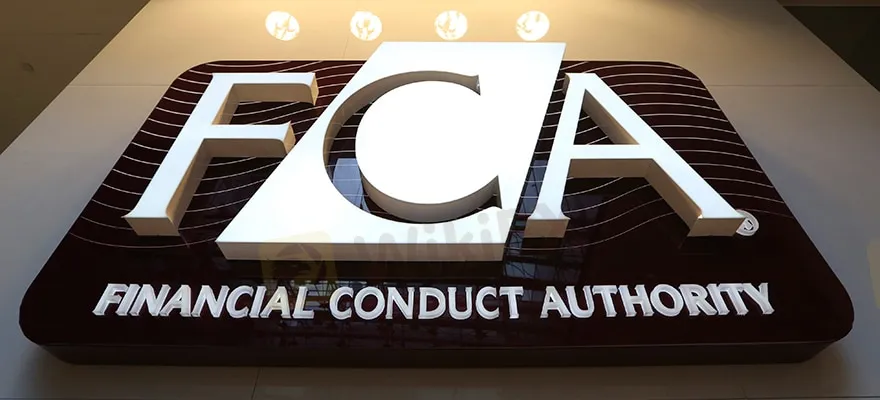简体中文
繁體中文
English
Pусский
日本語
ภาษาไทย
Tiếng Việt
Bahasa Indonesia
Español
हिन्दी
Filippiiniläinen
Français
Deutsch
Português
Türkçe
한국어
العربية
FCA Confirms Temporary Use of Synthetic LIBOR Rates
Abstract:The synthetic LIBOR will be available for two currencies: pound sterling and yen.

FCA Confirms Temporary Use of Synthetic LIBOR Rates
The synthetic LIBOR will be available for two currencies: pound sterling and yen.
The Financial Conduct Authority (FCA) announced on Tuesday that it will allow temporary use of ‘synthetic’ sterling and yen LIBOR rates in all legacy LIBOR contracts that had not been changed by the year-end deadline.
Additionally, the regulator clarified that the synthetic rates could not be used for cleared derivatives or any new contracts.
The End of LIBOR
The British regulator, which oversees the global benchmark, decided to scrap the usage of the controversial LIBOR rates by the end of this year. Though the publication of most of the LIBOR rates for foreign currencies will cease on December 31, 2021, only some US dollar settings will continue till 30 June 2023.
Moreover, this decision prompted the financial regulators around the globe to come up with alternatives to the controversial, yet widely, used LIBOR benchmark.
The FCA first proposed the creation of the synthetic rates earlier in June for temporary use in existing contracts. The synthetic LIBOR will be calculated using a forward-looking term version of the relevant risk-free rate: SONIA for sterling and TONA for yen.
“Today‘s publications form some of the final building blocks in the transition from LIBOR, a global effort led by the FCA and the Bank of England in conjunction with industry and overseas regulators,” said Edwin Schooling Latter, FCA’s Director of Markets and Wholesale Policy.
“But, work should not stop here. While synthetic LIBOR reduces risk in the transition and provides a bridge to Risk-Free Rates like SONIA, it will not last indefinitely, and contracts need to be moved away from LIBOR wherever possible.”
Furthermore, the neighboring European Commission recently confirmed its decision to replace CHF LIBOR and EONIA benchmarks with a Swiss Franc risk-free rate and risk-free euro short-term rate, respectively.

Disclaimer:
The views in this article only represent the author's personal views, and do not constitute investment advice on this platform. This platform does not guarantee the accuracy, completeness and timeliness of the information in the article, and will not be liable for any loss caused by the use of or reliance on the information in the article.
WikiFX Broker
Latest News
The Withdrawal Trap: How Scam Brokers Lure Victims into Paying More
FCA to Investors: Think Twice Before Trusting These Brokers
Trump\s tariffs: How could they affect the UK and your money
Trump gambles it all on global tariffs he\s wanted for decades
TradingView Brings Live Market Charts to Telegram Users with New Mini App
Trump tariffs: How will India navigate a world on the brink of a trade war?
Interactive Brokers Launches Forecast Contracts in Canada for Market Predictions
Authorities Alert: MAS Impersonation Scam Hits Singapore
Stocks fall again as Trump tariff jitters continue
IG Group Acquires Freetrade for £160M to Expand UK Investment Market
Currency Calculator







